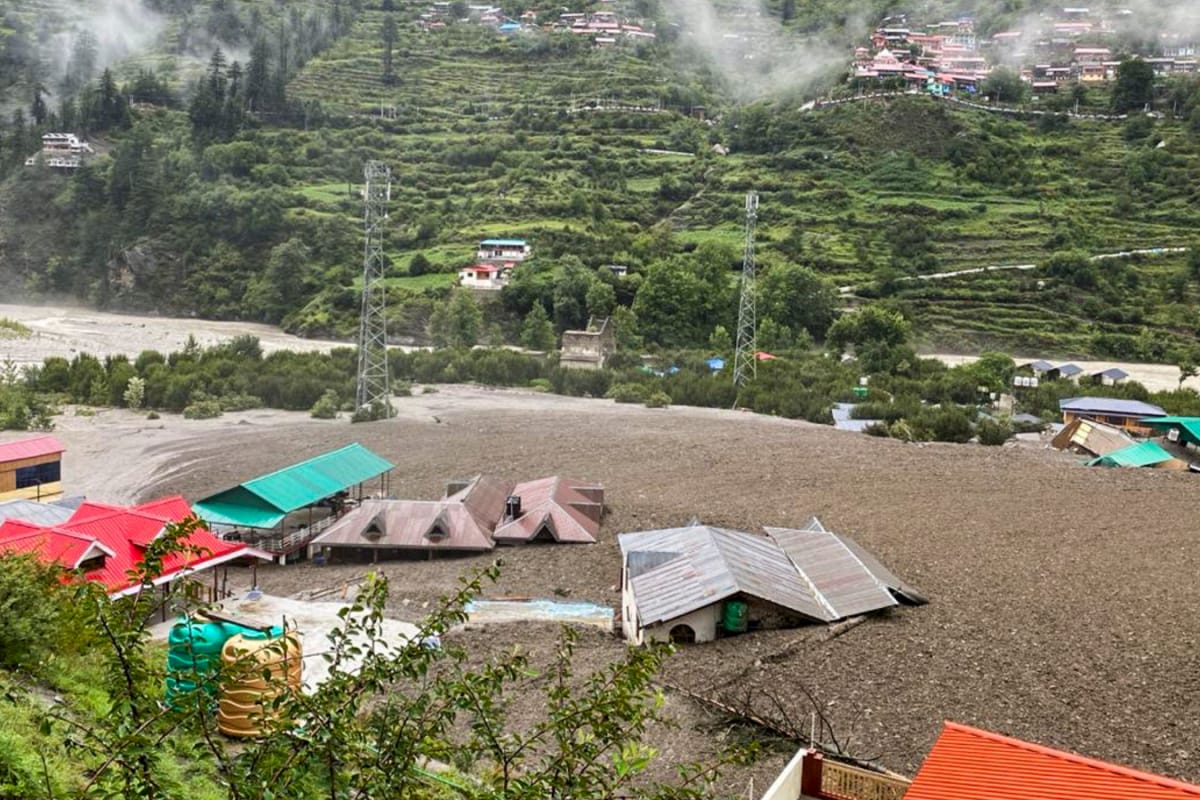

In the aftermath of the devastating flash floods that struck Uttarkashi's Dharali village on August 5, 2025, survivors are protesting the inadequacy of the initial government relief offered. The disaster, triggered by heavy rainfall and the region's rugged topography, claimed at least five lives and left dozens missing, causing widespread destruction in the area.
The Uttarakhand government, led by Chief Minister Pushkar Singh Dhami, distributed cheques of Rs 5,000 to affected families as "immediate relief". However, this gesture has been met with outrage and protests from residents who have lost everything. They argue that the amount is far too little, considering the scale of devastation, with homes, businesses, and personal belongings washed away by the raging floodwaters. Some have described the relief money as an "insult to their suffering".
Uttarkashi District Magistrate Prashant Arya defended the initial relief, stating that the Rs 5,000 was an interim measure. He assured that a detailed assessment of the losses is underway, and proper compensation would be provided after a thorough report is prepared.
Acknowledging the public's concerns, Chief Minister Pushkar Singh Dhami has announced a compensation of Rs 5 lakh for those whose houses were completely destroyed and an equal amount for the families of those who died in the disaster. Additionally, the government will provide affected families with rations for the next six months.
To address the long-term rehabilitation and livelihood revival of the affected community, a three-member committee headed by the Revenue Secretary has been formed. The committee is tasked with preparing a comprehensive plan and is expected to submit a preliminary report within a week.
The 2025 Uttarkashi flash flood caused extensive damage, particularly in Dharali village, a key stopover on the pilgrim route to Gangotri Dham. Initial reports confirmed five fatalities, with many more feared missing. Dramatic visuals showed houses, shops, and other infrastructure being swept away by the torrent. Preliminary assessments suggest that at least 50 hotels were submerged or washed away, and around 40-50 houses were destroyed. A portion of the Harsil Army camp and helipad was also damaged.
Rescue operations were launched immediately, with the Indian Army, Indo-Tibetan Border Police (ITBP), National Disaster Response Force (NDRF), and State Disaster Response Force (SDRF) working together to evacuate stranded residents and search for missing persons. Helicopters were used to airlift people from remote areas and drop essential supplies. Over 1,000 people have been evacuated from the disaster-hit areas.
The disaster disrupted connectivity to Gangotri Dham, impacting the Char Dham Yatra. Efforts are underway to restore electricity, mobile networks, and road access to the affected areas. A Bailey bridge is being constructed at Limchigad near Gangnani to improve road connectivity. Community kitchens have been set up to provide food, clothing, and essential goods to survivors.
The flash floods in Uttarkashi have raised concerns about the increasing frequency and intensity of extreme weather events in the Himalayan region. Experts point to heavy rainfall, rugged topography, and climate change as contributing factors to the disaster. Some politicians have blamed unregulated construction in eco-sensitive zones for exacerbating the impact of the floods. There are calls for a national plan to protect the mountains and ensure sustainable development in the region.